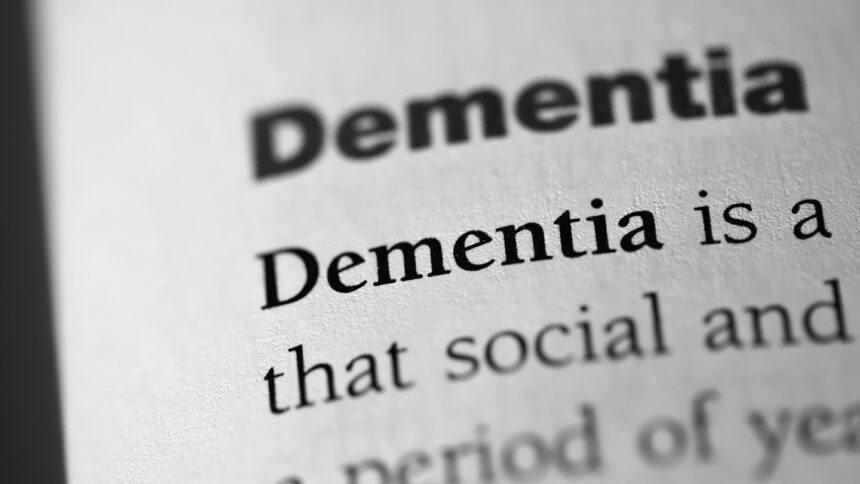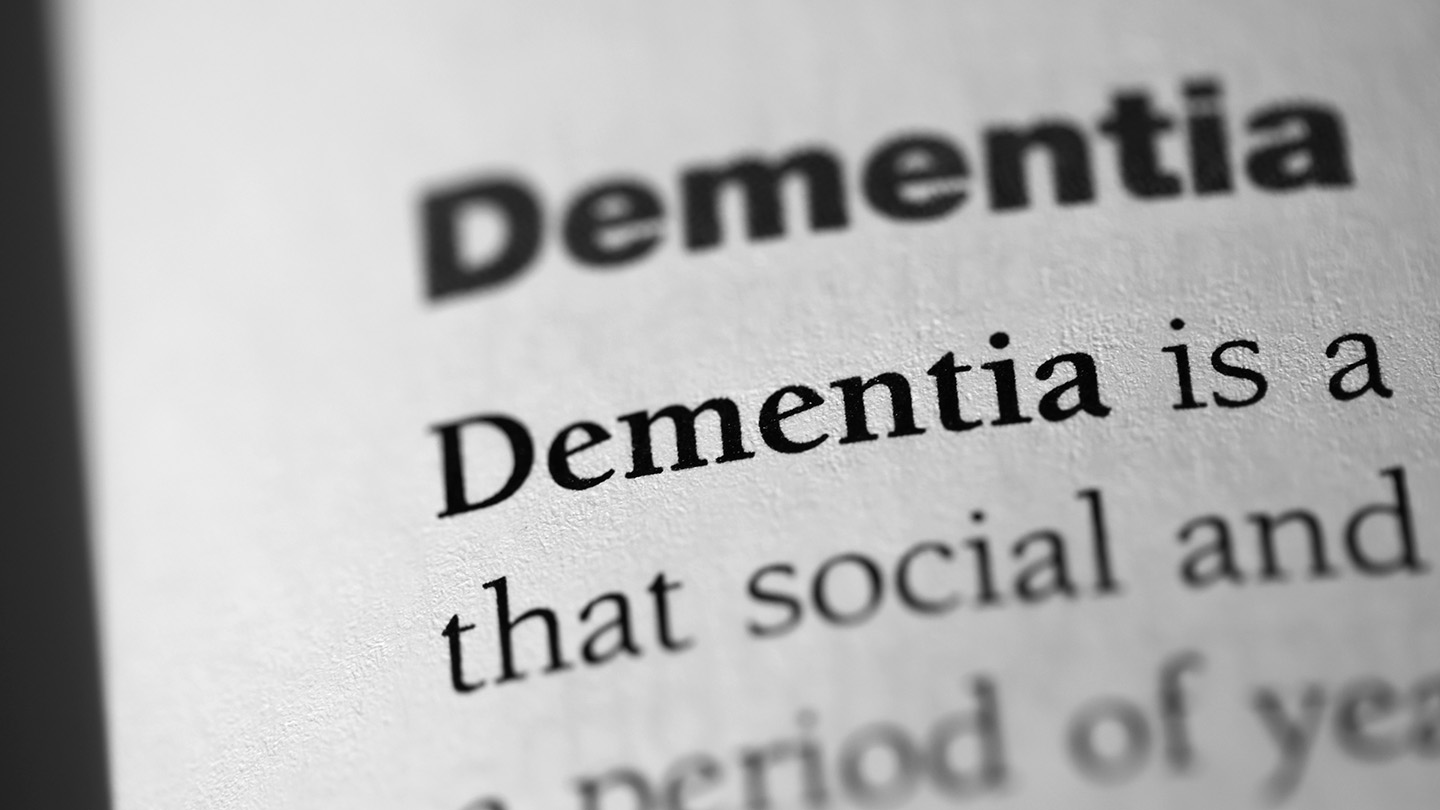
(Photo: Jon Frederick / Getty Images)
People with early-onset dementia (EOD), which is dementia diagnosed before the age of 65, had an all-cause mortality rate that was six times higher than the control group, according to a November study published in the Journal of Neurology, Neurosurgery & Psychiatry.
EOD occurred at a rate of 119.0 per 100,000 population among people ages 30 to 64 in 2021. This translates to about 3.9 million people worldwide. EOD accounts for about 5% of dementia cases worldwide. Authors say that previous studies have focused on late onset dementia rather than EOD.
The study examined 794 participants with EOD from two university hospital districts in the provinces of Northern Savonia and Northern Ostrobothnia in Finland. Of the participants, 421 had cases with Alzheimer’s disease (AD) spectrum diagnosis; 180 had cases with frontotemporal dementia (FTD) spectrum diagnosis; 46 had cases with the alpha-synucleinopathy (α-SYNU) spectrum diagnosis; and 147 had cases with other EOD.
Over the course of the study, 215 of the 794 participants (27.1%) died, and the median survival time from an EOD diagnosis to death was 8.7 years. The shortest median survival time was observed in the FTD group (6.9 years) followed by the α-SYNU group (7.0 years) and the AD group (9.9 years). Additionally, the overall risk of death from any cause was more than 6.5 times higher in people with young-onset dementia versus their age-matched peers.
“These numbers are not only clinically relevant: they inform health policy planning for the next decade,” Eino Solje, MD, PhD, of the University of Eastern Finland in Kuopio told MedPage Today. “People living with early-onset dementia are usually still of working age, and we need accurate survival and mortality data to plan service structures, care pathways, and caregiver support.”

